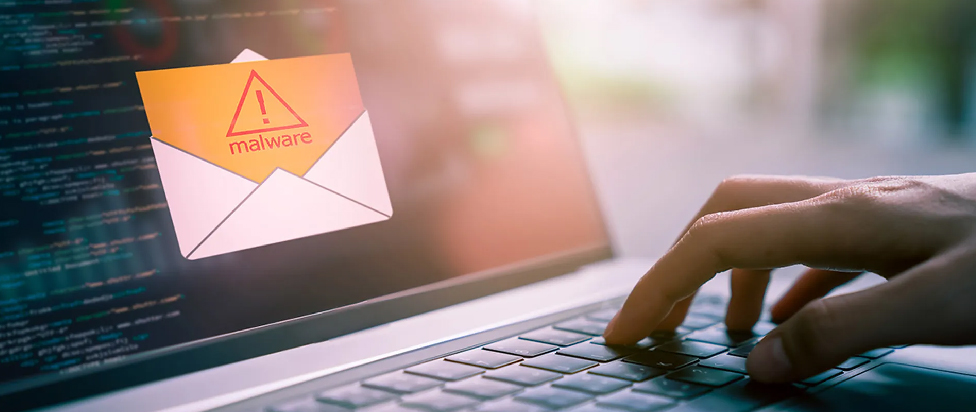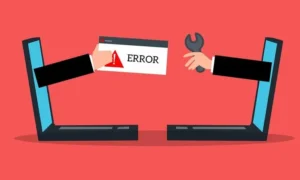DMARC for Managed Service Providers (MSPs): Improving Email Security for Customers
In today’s digital world, email security is a top priority for businesses of all sizes. Managed Service Providers (MSPs) play an important role in protecting their clients’ IT infrastructure, and establishing strong email security measures is a key component of that responsibility. Domain-based Message Authentication, Reporting, and Conformance (DMARC) is a useful technology that assists MSPs in improving email security for their clients, protecting against phishing attacks, and increasing email deliverability. This post will look at the importance of DMARC for MSPs, how it works, and best practices for deployment.
What is DMARC?
DMARC is an email authentication protocol that is based on two existing protocols: Sender Policy Framework (SPF) and DomainKeys Identified Mail. DMARC enables domain owners to designate how their emails should be handled if they fail SPF or DKIM validation. It also allows email recipients to report back to the domain owner about emails that pass or fail these tests.
DMARC Policies can be set to three levels
- None: If an email fails authentication, no specific action is taken; however, reports are provided to the domain owner.
- Quarantine: Emails that fail authentication are flagged as suspicious and often routed to the spam or trash folders.
- Reject: Emails that fail authentication are rejected and do not reach the recipient’s mailbox.
Importance of DMARC for MSPs
MSPs should install DMARC for their clients for various reasons:
- Enhanced Email Security: DMARC protects against phishing and spoofing attempts by guaranteeing that only legitimate emails are delivered to recipients. This safeguards client brands and reputations.
- Improved Email Deliverability: By authenticating emails, DMARC increases the possibility that valid emails reach their intended recipients’ inboxes, lowering the risk of being designated as spam.
- Visibility and Reporting: DMARC generates thorough reports on email authentication results, allowing MSPs to identify potential vulnerabilities and threats and take proactive security steps.
- Customer Trust and Satisfaction: Implementing DMARC shows a commitment to security, which can increase customer trust and satisfaction, resulting in stronger client relationships and retention.
How DMARC Works
DMARC uses SPF and DKIM to validate the authenticity of an email. Here’s a simple summary of the process:
- SPF Check: The receiving mail server examines the sender’s domain’s SPF record to guarantee that the email is sent from an allowed IP address.
- DKIM Check: The receiving mail server verifies the DKIM signature to confirm that the email was not altered in transit.
- DMARC Policy: The receiving mail server enforces the DMARC policy set by the sender’s domain. If the email fails SPF or DKIM checks, the server follows the DMARC policy (none, quarantine, or reject).
- Reporting: The receiving mail server delivers an email authentication results report to the sender’s domain, which provides useful information for monitoring and enhancing email security.
Best Practices for Implementing DMARC for Clients
To successfully implement DMARC for your clients, adopt these recommended practices:
- Assess Current Email Infrastructure: Start by reviewing your clients’ existing email infrastructure and identifying all legitimate email sources.
- Implement SPF and DKIM: Make sure that SPF and DKIM are properly configured for all domains and subdomains. It is a precondition for DMARC deployment.
- Begin with the ‘None’ Policy: Initially, set the DMARC policy to ‘none’ to collect data without interfering with email delivery. It enables you to monitor and analyze email traffic to spot any problems.
- Analyze Reports: Review DMARC reports on a regular basis to obtain insight into authentication outcomes and discover unwanted email activity.
- Gradually Enforce Policies: Once you’re satisfied those authentic emails are passing SPF and DKIM checks, gradually implement harsher DMARC policies (quarantine, then reject).
Final Words
DMARC is an essential tool for MSPs to improve email security for their clients. By eliminating phishing and spoofing attacks, boosting email delivery, and giving useful reporting insights, DMARC assists MSPs in protecting their clients’ brands and reputations. Implementing DMARC necessitates meticulous planning and monitoring, but the rewards significantly outweigh the effort. MSPs may maintain robust email security while also building deeper, trust-based relationships with their clients by adhering to best practices and remaining proactive.














Post Comment